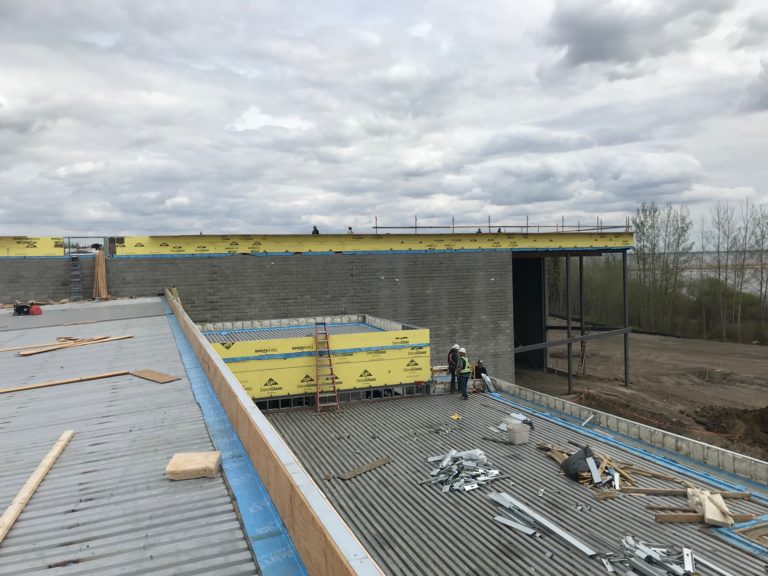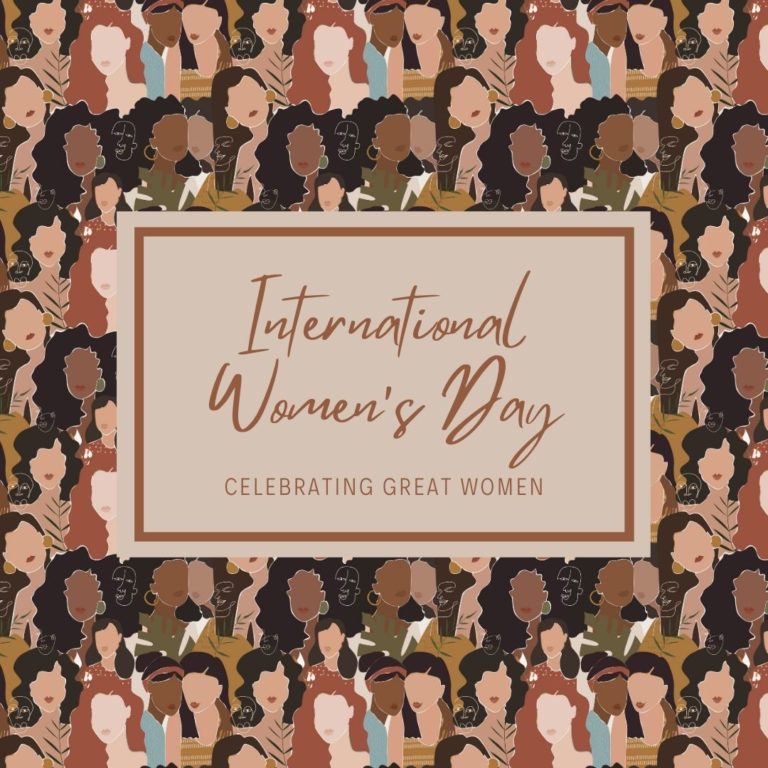Often, project leaders do not identify community capacity or project trade needs because those elements are not in their contract scope. As a result, there is no recognition of the gap between the construction capacity of the local community and the trades required on the project. Thus, trained professionals, project managers, engineers, and the supply chain follow a process that has been followed for decades.
Typically, architects and engineers are responsible for preparing design drawings and specifications, and they do not concern themselves with community capacity because they leave that up to the contractors. The basic assumption in the typical design and tendering process is that the capacity of labour, suppliers and contractors is adequate and without gaps. That may work in urban centres, but the process is fundamentally flawed for First Nations projects or projects near First Nations.
Once capacity and needs are tabulated and compared, the gap is obvious, and it drives action. Without a documented gap, the traditional tender process is usually used with just a small tweak, which adds evaluation criteria related to First Nations content.
Most modern practices recognize that opportunities should be provided to the local First Nation(s), so meetings are held to inform the community and their construction partners of the upcoming tender. The interested bidders then forge partnerships in anticipation of the tender evaluation criteria. At that point, everyone tells themselves they have done their best. The local communities then enter into agreements with industry partners. This commonly used practice results in excited expectation of things to come. The project owners are advised to use this approach as “fair” to the contractors and the First Nations while meeting the project goals of engaging First Nations in the project.
Unfortunately, what results instead is the dilution of the Indigenous capacity into many separate competing submissions. When the bids are evaluated, the price and First Nations participation are also evaluated, and one of the partnerships is selected. The remainder of the bidders, however, fail to win the contract along with their First Nations partners. On some projects, this process can result in ten bidders, which means there are nine losers and one winner. Thus, 90% of the Indigenous capacity is lost.
Alternatively, the First Nations content can be applied to all the teams. With the gap between capacity and need identified and understood, a sound strategy can be established that takes advantage of that capacity. Community members could have been trained and the Indigenous capacity increased prior to the tender being issued, which could take years on some projects. Furthermore, the expected cost saving of utilizing the local Indigenous workers applies to all the bids.
WorkFirst is designed to understand the gap between community capacity and need, and to develop a plan suited to the project and circumstances. The best way to take full advantage of the strategy is to start early. Owners, environmental consultants, supply chain professionals, engineers, and architects can all learn WorkFirst.
Thank you so much for reading and staying open to learning with us. As well, stay tuned for our final segment of our mini-series next week. Lastly, please contact us if you are interested in using WorkFirst for an upcoming project. Stay safe, everyone!
~ Gary and the team at Bosgoed Projects




